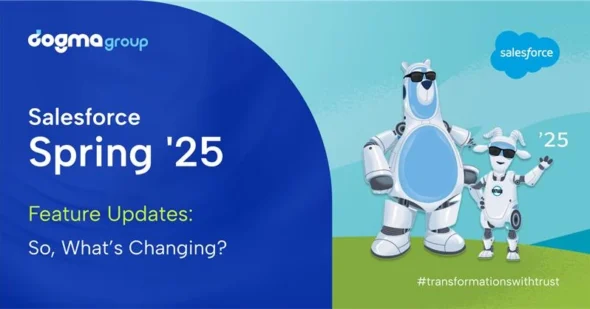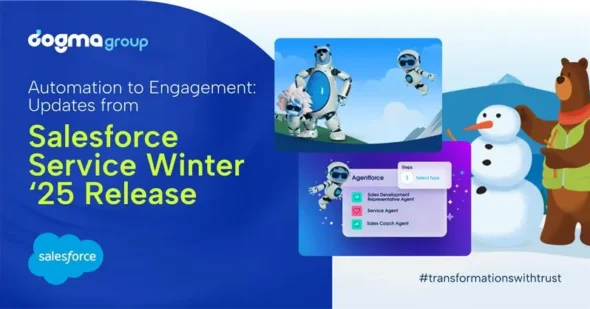Are you looking forward to implementing a new customer relationship management software (CRM) system successfully to transform your business?
Do you want to automate your sales report and recording of customer interactions and make deep, sensible projections from your sales data to drive in more customers?
Or, do you want to dramatically increase the performance of your sales and customer support teams for improved customer service, thereby, retaining customers and increasing their loyalty?
What if we told you that you could achieve all that – and much more – by simply following our proven CRM implementation guide?
Because once you embark on a path of CRM implementation, it’s not uncommon for you to have countless questions about how you could ensure the validation of your CRM software when you go live.
- Should I go with Salesforce or Dynamic 365?
- What kind of team should I gather?
- Do I hire experts or get my in-house team to do it?
- What am I going to do about all the existing data?
- How do I even guarantee user adoption?
After all, successfully implementing a CRM system is all about following precise steps that have been proven to work — from developing vision and mapping out your business processes to managing technological change and ensuring user-adoption, and way too many things that may go unnoticed in between, there is quite frankly a lot to take care of, when it comes to successful CRM implementation.
Apart from that, the key to setting both your CRM project and your users up for success from the very start, as with most other technological implementations, is in seeking professional services of a trusted advisor, if necessary. Their experience and product-agnostic approach towards building an effective CRM system will certainly land you a best-fit, scalable CRM solution for your business.
So, take our trusted advice, and follow this 11-step guide that we have complied to ensure that your next CRM project not only meets your expectations but is also a successful technological transformation that enables you to reach out to more customers, thereby, bringing in a lot more in revenue.
11 Proven Steps for a successful CRM implementation
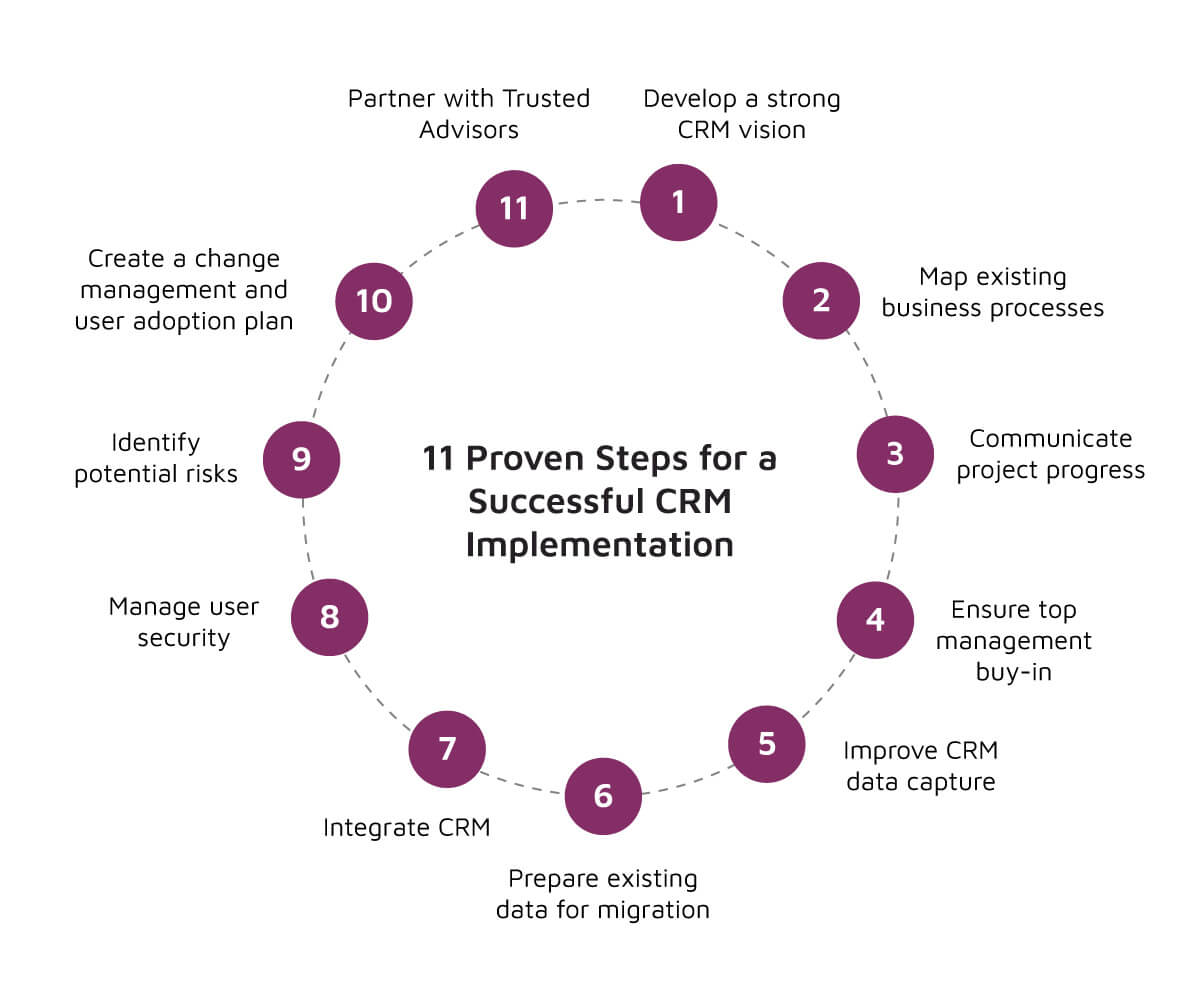
1. Develop a strong CRM vision

Developing a strong CRM vision is the first and one of the most critical steps for a successful CRM implementation, and getting it right will prepare you for rest of the way.
Start by assessing your current situation independent of the CRM technology to uncover underlying needs and problems of your business that you may not be aware of. You can then come up with a specific list of things for your new CRM system to improve or focus on. That, in turn, will help you visualise the future state of your business without any ambiguity. Once you are able to do that you can then translate your future expectations into a roadmap of sorts that will keep you on track during implementation process.
Moreover, you also have to develop metrics to measure the success of CRM along the way. Don’t worry about the minute details but make sure you establish priorities and highlight the key aspects of your CRM vision. That will make sure that the entire process has a disciplined approach, and the results are quantified.
That’s your CRM vision – a clear guide that solidifies what strategic goals the technology will achieve and how those achievements will be measured. It also helps you build a case for technological change before the management, stakeholders and users.
2. Map existing business processes
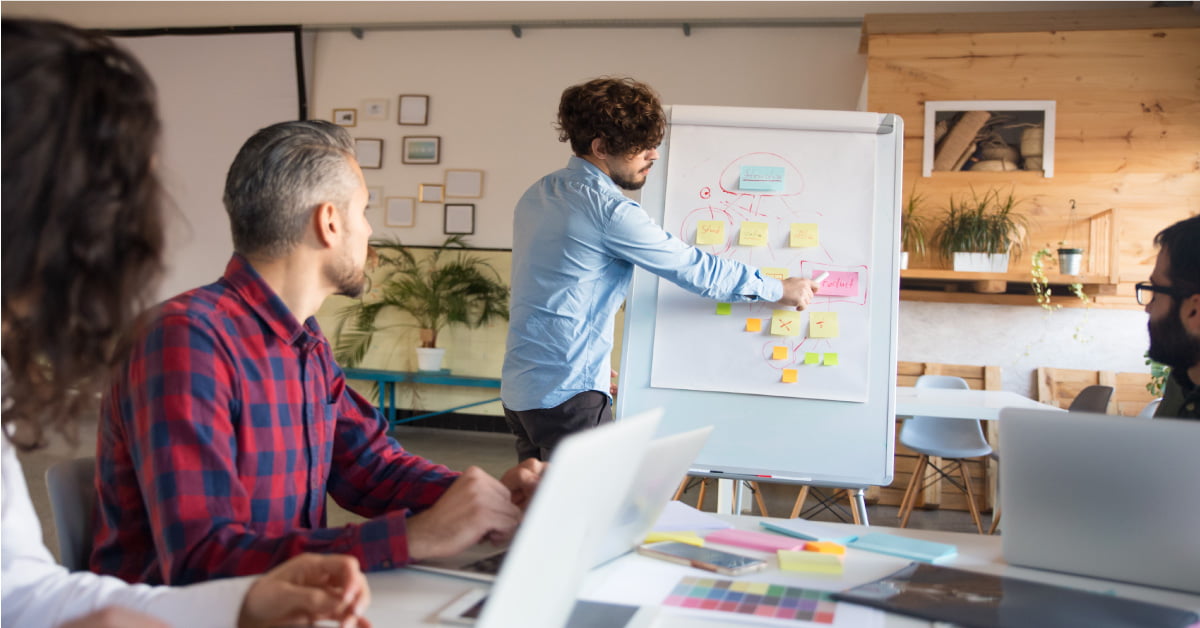
CRM technologies have for a long time been used to enhance various business processes. That’s what they are intended for. But CRM technologies like Salesforce and Microsoft Dynamic 365 do not inherently support all your business processes right out of the box.
Which is why mapping out the entire business process is a must for companies of all scales. Doing so allows you to align the functionality and features of your CRM software with your CRM vision and goals. In addition to that, you will also get an opportunity to pinpoint flaws in your business practices and workflows and redefine them. That, in turn, ensures a streamlined sales cycle, wider user-adoption, and a huge ROI when you go live.
However, mapping out processes is easier said than done. To get it right, pinpoint every little business activity that your sales or customer relationship management team is involved in from the first contact with the customer to the instance they close the deal and even for the after sales services, if you have any. Find out what sort of data and information they record throughout the sales process, and how they record it, and where. You may also want to review how all your promotions and discount offers are plugged into the sales cycle. And, don’t forget your key performance indicators (KPIs), which will be crucial to measure your sales performance.
When meticulously accomplished, this step will set the right direction for your technological transformation. With a precise knowledge of your business processes and the goals that you must achieve with your CRM solution, you can figure out the customisations that you need, thereby, weeding out all CRM platforms irrelevant to your needs and narrowing down the ones that best fit your business. Moreover, along with automation in several areas, you will also be able to measure your progress while gaining more sales, more efficiently.
3. Communicate project progress

Your CRM vision is defined and you have thoroughly mapped out all your business processes, now it’s time to communicate your CRM plans to everyone who the new technology is going to impact. And, here’s a golden rule – the earlier you do it, and with as many details as possible, the better!
In order to nail your communication strategy for a successful CRM implementation, you need to start by conveying your CRM visions and goals to everyone across your organisation. Ideally, it should come from the top tier of your company with a deep knowledge of your key business drivers in adopting CRM software so that the other stakeholders and, most importantly, the users feel a motivation to support the transformation.
You might also want to draw a solid game plan for your subordinates. Not only would they appreciate knowing the exact timeline for implementation but they would also accept the transformation with much less resistance and frustrations. Moreover, it will keep everyone – from top to bottom – right on track.
In order to achieve all that, you need to be proactive and initiate the communication process promptly. Assess your style of communication and the flow of information within your organisation, and set proper standards if necessary. That’s because proper communication offers greater clarity for your people and facilitates for them a much more comfortable transition.
That sense of comfort is important because it encourages your employees to voice their concerns and also to collaborate for troubleshooting. In other words, keep the communication channel open for a two-way exchange of information. To ensure the response from employees, schedule regular meetings and gather frequent feedback. Online platforms have made it much easier for raising questions in real time, and promptly addressing them, as well as organising virtual meetings from anywhere on the planet.
4. Ensure top management buy-in

Wouldn’t it be futile to initiate a CRM implementation in an organisation without the full support of it’s top brass? And, by full, we mean 100%, since they are the ultimate decision makers who sanction any project within the organisation. Studies have revealed that one of the top reasons why CRM projects fail is the lack of support from senior executives.
So, to get them onboard, you will have to explain to them your vision and the CRM roadmap and demonstrate the benefits of a successful CRM implementation to your company. With their backing early on the project, you can create a positive mindset among everyone and receive further credibility and motivation among your users. What’s more? Your CRM project requirements and activities will receive full organisational priority before all other IT related tasks.
5. Improve CRM data capture
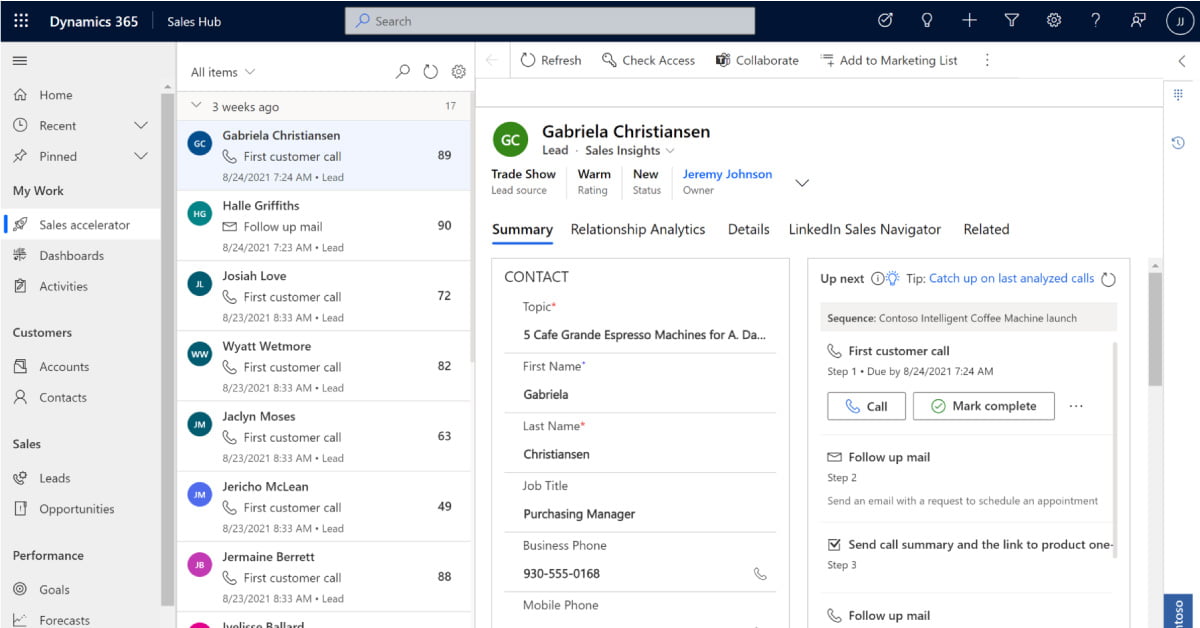
There are actually several contact points with the customers throughout the sales process. Each customer contact point can generate enough data to profile your customers and make inferences about their location, needs, spending habits, and preferences.
Now, imagine all your sales reps collecting and recording data manually using a simple spreadsheet or other legacy systems. That is the root of all sorts of trouble – inconsistent and duplicate data, decentralised databases and limited access, and delay in updating, and many more. To avoid this, you have to ensure that your new CRM collects complete and meaningful data and in a very consistent manner.
So, define clear rules for capturing customer data. Specify who can access what levels of data, who can create, modify and delete the customer records, and communicate that to your people to ensure compliance; opt for a data scrubbing feature that checks and alerts for duplicate data; from abbreviations to letter cases, make sure each data is uniformly and correctly recorded; decide which information fields you will need to enrich your customer data like discovery date, leads, lead source, lifetime customer value, trigger event, deals and opportunities, reasons for loss of deal, etc. and which information are mandatory. And only collect relevant data at any given point, else that can hinder early user adoption.
6. Prepare existing data for migration

But what about the existing data in the system you are currently using?
Consolidating and moving existing data into a new CRM platform is an entirely different ball game as it requires ample time and attention to detail.
To ensure organisational readiness, answer these critical questions:
- What data needs to be imported into CRM?
- Where is it currently stored?
- How good is the data quality?
- Does it need cleansing?
- How far back to go with relationship history data?
- What duplicate matching rules must be set?
You may also want to find out the challenges your end users face while creating, accessing and understanding customer records, and ensure those things don’t recur in your new CRM system.
7. Integrate CRM
A 2020 report revealed that an average organisation uses around 900 applications that reside in the cloud, legacy infrastructure or on-site hardware and software.
For the seamless flow of information between your CRM system and all the other applications you have, you need a strong CRM integration that connects each application with your system. What that allows you to do is gather all data about a customer from various sources and at different instances, and record it in a single, central database, called single source of truth (SSOT).
Based on that SSOT, you can take strategic, data-driven decisions for business growth as well as make your product or service more personalised for your customers. It’s also a great way to get a unified view of your customers and their behaviour. Common integrations include ERPs, order and inventory management, supply chain management, email platforms, website, social media, project management software, customer service chatbots, collaborations and many more.
8. Manage user security

CRM systems usually provide security features for you to protect your precious data, maintain user privacy and share information efficiently among the users. You now need to control access and define security privileges for all your users in such a way that it facilitates easy sharing and collaboration but still controls the way records are created and used across your organisation.
Define different levels of users within your organisation and understand the level of access, specific roles and rights they might require to do their jobs efficiently. Assign security roles for each user and department based on that, as broad or flexible access can pose a serious risk to your CRM system. Control and track downloads and firmly establish policies and protocols for proper handling of information.
Popular CRM systems like Microsoft Dynamics 365 has advanced user permissions, which can include team and territory management to precisely control which records users are entitled to access and what controls they can use. Likewise, Salesforce CRM system has two-factor authentication system to control the access from unknown IP addresses, role hierarchy, field-level permissions, permission sets, exceptions and public group to manage who and how data and records will be accessed throughout the organisation.
9. Identify potential risks

For a technology as complex as CRM, it is impossible to have zero risks. From the risk of overshooting the budget and exceeding the implementation timeline to the people-related issues like, resistance to change and weak adoption rate, there can be a list of potential problems that can easily bottleneck your CRM implementation. Additionally, your users may lack the necessary skills and training to make full use of your new CRM system.
So keep an eye out for key project risks and gaps. Assess their potential impact on the success of your entire CRM project. Highlight each risk and categorise them into business, technical and project risks, formulate a strategy to mitigate them from the moment you commence implementation of CRM. Also look for opportunities for improvement since you will be closely analysing various stages of your customer relationship.
10. Create a change management and user adoption plan
Say, you have taken every step right so far and took care of every little detail of your implementation process. But did you consider the people-element of it?
Studies frequently point toward factors like employee resistance, lack of management support, and low user adoption rates, among other people-related issues, as key reasons why CRM initiatives do not yield expected results.
Keep in mind that CRM projects are fundamentally an organisational transformation process that, when successful, can change the entire face of the business and avail you of a generous ROI. And, to achieve that CRM success you need to manage your digital transformation process. In other words, you need to come up with a well-designed change management plan that touches on all aspects linked to user adoption.
Plan to overcome resistance to change by communicating the benefits of the new system and allowing top adopters to advocate and encourage others. Ensure organisational readiness at all levels by confirming top leadership alignment and preparing users from the very early stage of implementation. Create a detailed user adoption plan that involves eliminating skills gaps, and providing training and continuous management support to your employees to boost technology acceptance.
An effective and open communication channel is the key here to make your user adoption plan more effective, along with tracking user adoption and managing change impact every step of the way.
11. Partner with Trusted Advisors
You may not always be well-resourced internally to take on a well-invested, flexible, and scalable CRM solution, since it involves a significant amount of time and resources, not to mention the massive improvements it brings with it.
With more than a decade of experience in CRM technology implementations and as Microsoft Dynamics 365 Gold Partner and Salesforce elite partner, we can offer the best advice to help make your CRM project a success.
You can call us at 01296 328 689 or email us at info@dogmagroup.co.uk.
